
cd_nom
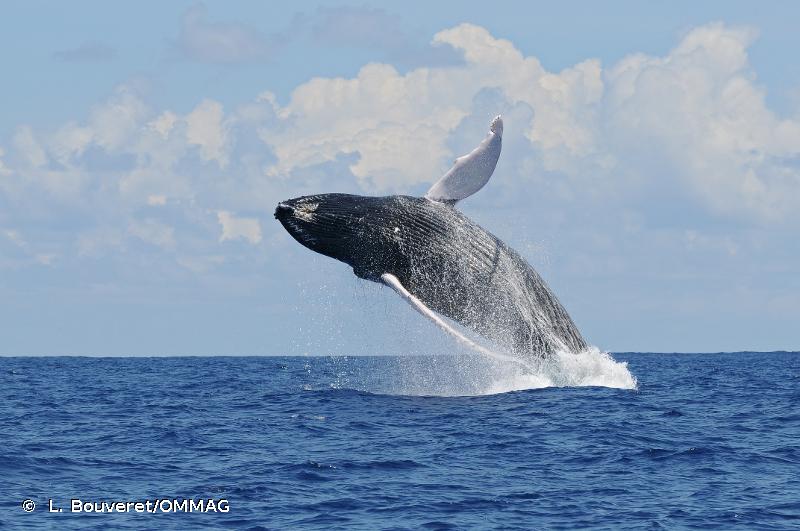
| Author : L. Bouveret/OMMAG |
 |
To get the picture, please visit:
Laurent Bouveret
Observatoire des Mammifères Marins de l'Archipel Guadeloupéen
email : inpn@mnhn.fr
Despite the Creative Commons license, please inform the author of the use which will be made of his photo
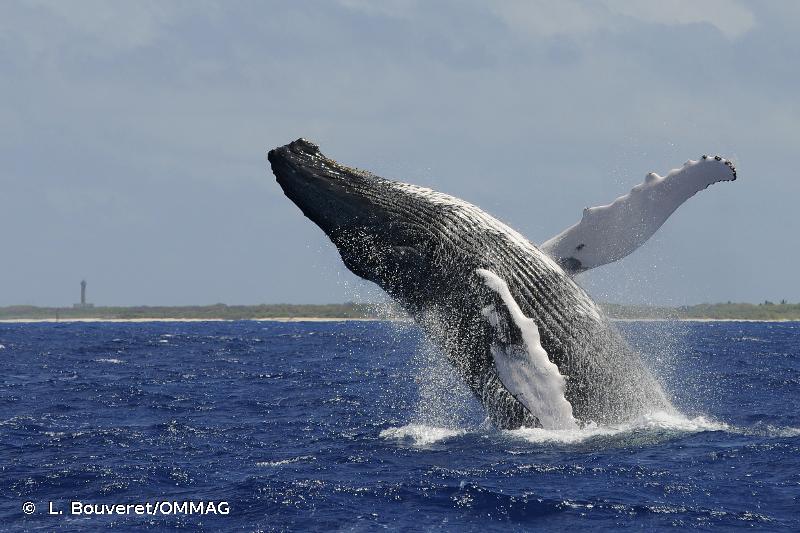
| Author : L. Bouveret/OMMAG |
 |
To get the picture, please visit:
Laurent Bouveret
Observatoire des Mammifères Marins de l'Archipel Guadeloupéen
email : inpn@mnhn.fr
Despite the Creative Commons license, please inform the author of the use which will be made of his photo

| Author : A. Portal |
 |
To get the picture, please visit:
savoure@mnhn.fr
Alain Portal
Any reuse of one or more photographs on this site is subject to an authorization request from the author.
Link to the Code of Intellectual Property (Legifrance)

| Author : L. Bouveret/OMMAG |
 |
To get the picture, please visit:
Laurent Bouveret
Observatoire des Mammifères Marins de l'Archipel Guadeloupéen
email : inpn@mnhn.fr
Despite the Creative Commons license, please inform the author of the use which will be made of his photo
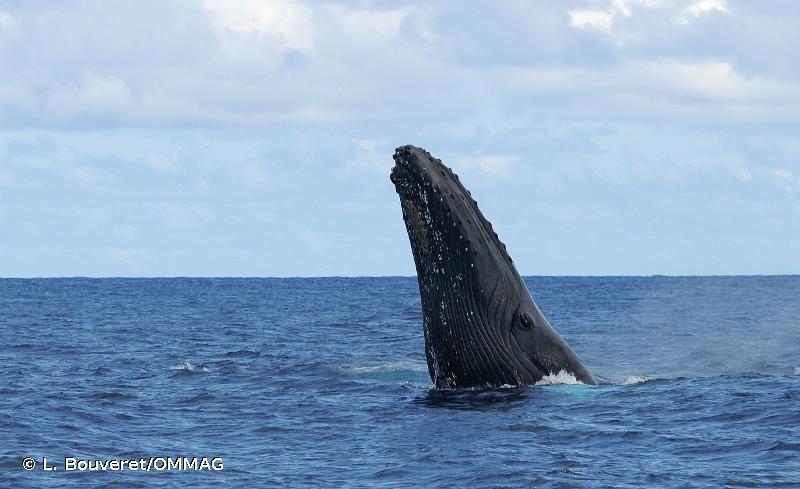
| Author : L. Bouveret/OMMAG |
 |
To get the picture, please visit:
Laurent Bouveret
Observatoire des Mammifères Marins de l'Archipel Guadeloupéen
email : inpn@mnhn.fr
Despite the Creative Commons license, please inform the author of the use which will be made of his photo
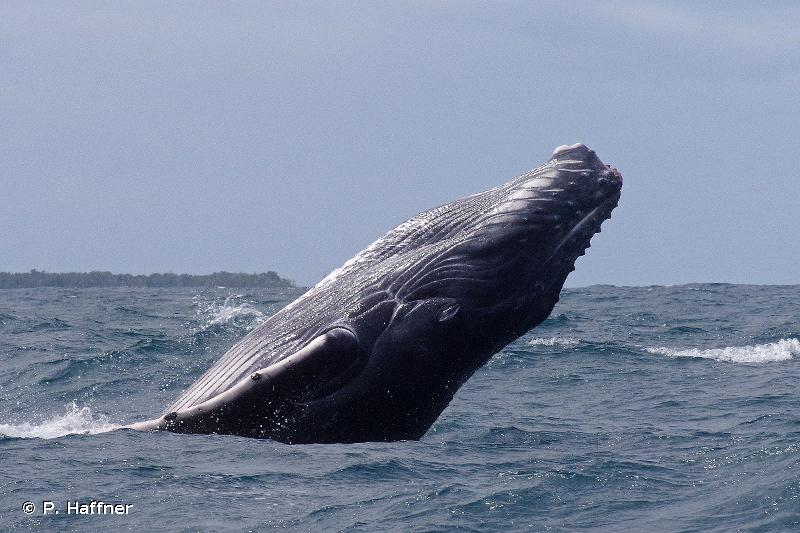
| Author : P. Haffner |
 |
To get the picture, please visit:
Patrick Haffner
email : inpn@mnhn.fr
Legend: Baleine à bosse (Megaptera novaeangliae), baleineau, Nosy Boraha (Madagascar)
Despite the Creative Commons license, please inform the author of the use which will be made of his photo

| Author : L. Bouveret/OMMAG |
 |
To get the picture, please visit:
Laurent Bouveret
Observatoire des Mammifères Marins de l'Archipel Guadeloupéen
email : inpn@mnhn.fr
Despite the Creative Commons license, please inform the author of the use which will be made of his photo

| Author : A. Horellou |
 |
To get the picture, please visit:
Arnaud HORELLOU
Muséum national d'Histoire naturelle - Service du Patrimoine Naturel
36 rue Geoffroy Saint-Hilaire
CP 41
75 231 PARIS CEDEX 05
e-mail : inpn@mnhn.fr
Legend: Saint-Pierre - 11/06/2008
Despite the Creative Commons license, please inform the author of the use which will be made of his photo
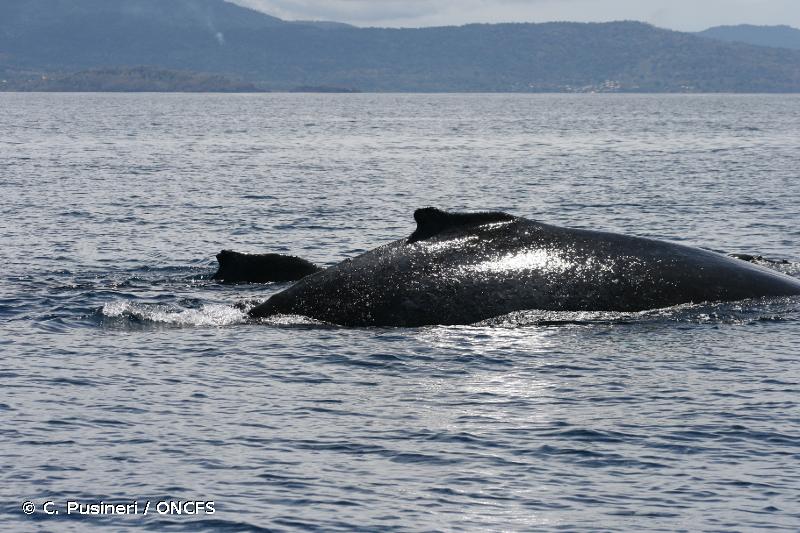
| Author : C. Pusineri / ONCFS |
 |
To get the picture, please visit:
Despite the Creative Commons license, please inform the author of the use which will be made of his photo
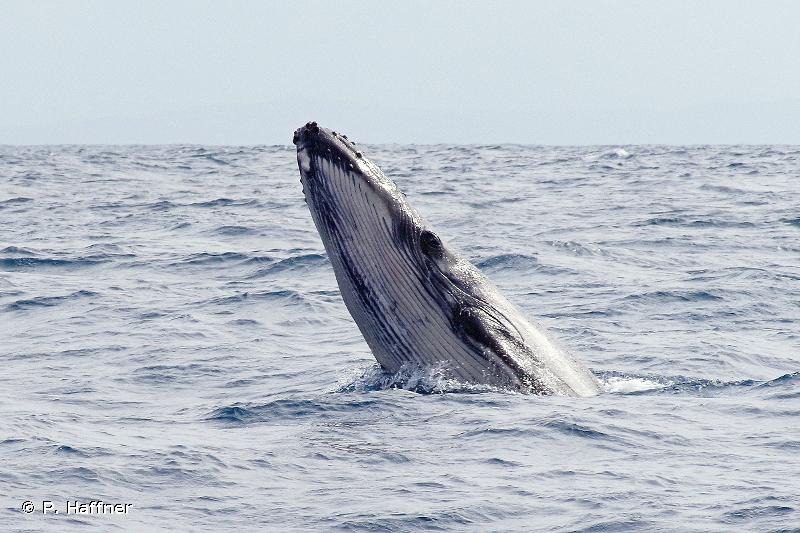
| Author : P. Haffner |
 |
To get the picture, please visit:
Patrick Haffner
email : inpn@mnhn.fr
Legend: Baleine à bosse (Megaptera novaeangliae), Nosy Boraha (Madagascar)
Despite the Creative Commons license, please inform the author of the use which will be made of his photo
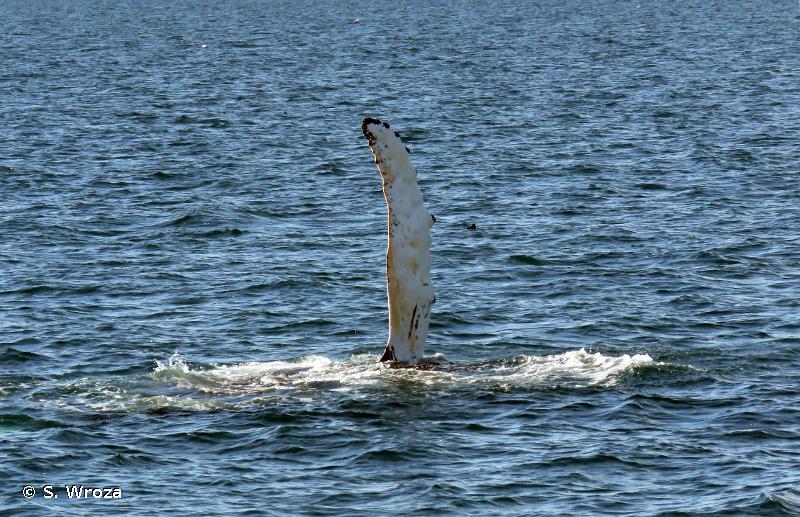
| Author : S. Wroza |
 |
Despite the Creative Commons license, please inform the author of the use which will be made of his photo
Taille/poids :
14-17 m (adulte), 3-4 m (nouveau-né)
20-40 t (adulte), 680 kg (nouveau-né)
Diagnose :
Dimorphisme sexuelle : femelles légèrement plus grandes que les mâles.
Corps robuste gris foncé et ventre blanc ou noir. Grandes nageoires pectorales (un tiers de la longueur du corps). La face ventrale de la nageoire caudale présente une coloration, une découpe et des dessins qui sont propres à chaque individu et permettent une reconnaissance individuelle. Tubercules présents sur la tête, les lèvres et le menton présentant chacun un poil sensoriel. Quatorze à 35 sillons gulaires s'étendent du menton au nombril. Souffle buissonnant de 3 mètres de haut maximum.
Détermination :
Simple.
Espèces proches :
Aucune. Morphologie très caractéristique.
Période d'observation :
Métropole : observations (adultes) qui restent rare mais en augmentation en hiver dans la Manche et la mer du Nord. Saint-Pierre-et-Miquelon : mars à décembre (migration et alimentation). Antilles françaises : février à mai (reproduction). Guyane : rare de septembre à novembre. Mayotte, îles Éparses, La Réunion et Nouvelle-Calédonie : juin à octobre (reproduction). Polynésie française : juin à décembre (reproduction). Îles subantarctiques et Terre Adélie : janvier (alimentation).
Biologie-éthologie :
Comportement : la Baleine à bosse est la plus acrobates des grandes baleines avec des sauts où elle sort son corps entièrement de l'eau. Frappes de caudale et de pectorale. Formation de groupes instables en zone de reproduction et d'alimentation de plusieurs individus. Les mâles adultes reproducteurs chantent en période de reproduction et ces chants constituent une composante de la sélection sexuelle.
Reproduction : maturité sexuelle atteinte vers 10 ans. La femelle met bas un baleineau tous les 2 à 3 ans après une gestation de 10 à 12 mois. Le jeune est sevré à environ un an. Reproduction dans les eaux chaudes et peu profondes des zones tropicales et subtropicales.
Régime alimentaire : constitué principalement de krill en Antarctique et plus varié dans les autres zones d'alimentation, incluant krill et petits poissons.
Traits généraux de la famille : la Baleine à bosse appartient à la famille des rorquals (ou balaenopteridae) qui se distinguent par leurs sillons gulaires.
Biogéographie et écologie :
Espèce cosmopolite. Migration (à l'exception du stock de la zone d'Arabie) entre des zones de reproduction tropicales/subtropicales et des zones d'alimentation polaire/ tempérées.
Rare en métropole. Plus commune en outre-mer, en particulier sur les zones d'alimentation et de reproduction aux périodes favorables.
Bibliographie
L. Trudelle & P. Haffner(UMS 2006 Patrimoine Naturel (OFB / CNRS / MNHN)),2021
Continental
Metropolitan France
Overseas
Marine
Metropolitan France
Overseas
The map presents a summary at the 10 x 10 km grid of the observation data for the species transmitted to the SINP. These data have been subjected to validation filters.
The map presents a reference distribution layer of the species at the scale of departments and marine sectors. The presence and absence data were established by expertise within a network of partners. This reference distribution is used in the validation process of the SINP data at the INPN level.
Corresponds to a report on the basis of at least one observation proved within a period of 10 years (20 years for little-known invertebrates) preceding the year and no presumption of extinction since obtaining the last data nor doubt on reproductive and implemented nature of this population. For migratory species, the presence indicated concerns areas of reproduction.
This status is based on one or more of the following criteria:
This point covers the absence, more difficult by nature to demonstrate than presence. This status is based on one or more of the following criteria:
This status must be assigned to a department in which the presence of the species is casual.
Particular case of absence due to a proven extinction less than a half century ago (older disappearances are treated as "no probable or definite").
In the state of knowledge, we can not comment on the presence or absence in the current department. This is the default status when not comprised in one of the previous categories or whenever there is doubt.
The map shows the global distribution of the species based on GBIF data (Global Biodiversity Information Facility).
